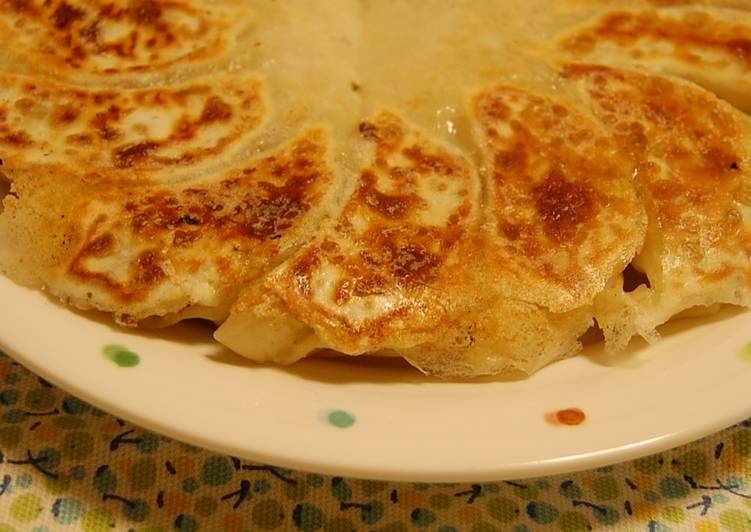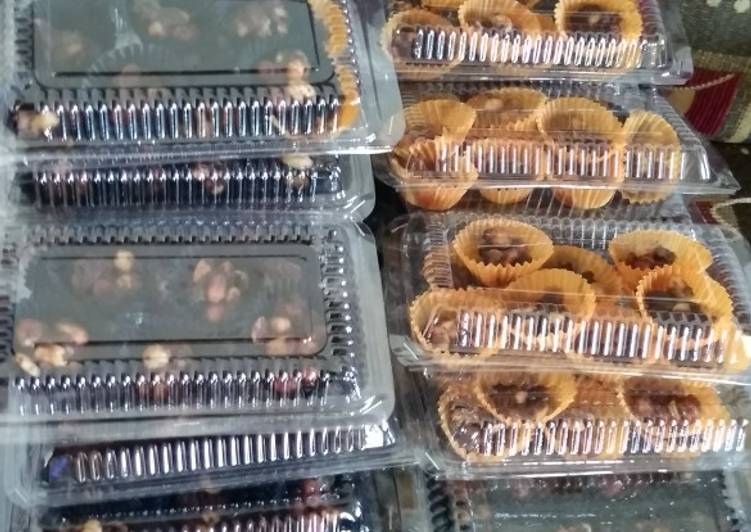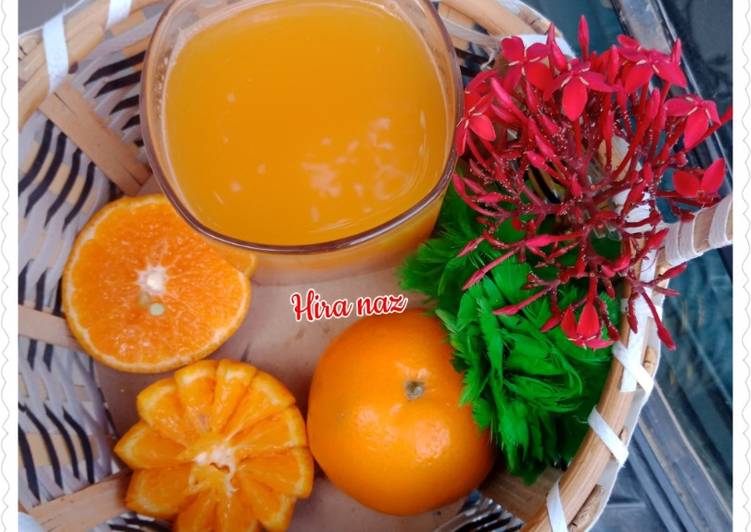
Hello everybody, it’s Brad, welcome to my recipe page. Today, I will show you a way to make a special dish, healthy macrobiotic vegetable gyoza. It is one of my favorites food recipes. This time, I will make it a bit tasty. This is gonna smell and look delicious.
Macrobiotics is a lifestyle stressing balance and harmony. Some people turn to macrobiotic diets in pursuit of better health. Others try it when they have a diagnosis, such as heart disease, obesity, or premenstrual syndrome, in the hopes that macrobiotic eating will. In the second episode of Cooking with Han in Japan, we're making vegetable gyoza.
Healthy Macrobiotic Vegetable Gyoza is one of the most well liked of current trending foods in the world. It’s simple, it’s quick, it tastes yummy. It is enjoyed by millions every day. Healthy Macrobiotic Vegetable Gyoza is something which I’ve loved my whole life. They’re nice and they look fantastic.
To get started with this recipe, we must prepare a few components. You can have healthy macrobiotic vegetable gyoza using 13 ingredients and 8 steps. Here is how you cook that.
The ingredients needed to make Healthy Macrobiotic Vegetable Gyoza:
- Take 30 Gyoza wrappers
- Prepare 2 Koya-dofu (freeze-dried tofu)
- Get 5 leaves Cabbage
- Prepare 1 knob Ginger
- Prepare 15 cm Green onions or scallions
- Take 1 Spring onions or scallions
- Get 70 grams Maitake mushrooms
- Make ready 1 large, King oyster mushroom
- Take 1 tbsp ●Soy sauce
- Prepare 2 tbsp ●Sesame oil
- Get 1 tsp ●Beet sugar
- Make ready 1 tsp ●Vegetarian Chinese stock powder (optional)
- Get 1 tsp at a time ★Plain flour (dissolved in water) to finish pan frying
Eating healthy helps to keep our bodies healthy but it. The macrobiotic diet is a predominantly vegetarian eating plan said to enhance health and promote longevity. People who follow the macrobiotic diet generally use unrefined vegetable oil for cooking and dark sesame oil for Pros. A macrobiotic diet is a strict diet with certain rules about what you eat and how you cook your food.
Steps to make Healthy Macrobiotic Vegetable Gyoza:
- Soak the koya-dofu in water to rehydrate. Put the cabbage into a food processor to chop. Transfer the chopped cabbage into a bowl. Sprinkle with salt (not listed in the ingredients) and leave to sit for 20 minutes. Squeeze out the water from the cabbage.
- Pulse the koya-dofu in your food processor, transfer to a separate bowl, and set aside.
- Put the green onions, spring onions, king oyster mushroom, and maitake mushrooms into a food processor and chop finely. Grate the ginger.
- Combine the ingredients from Steps 1, 2, and 3 with ● seasonings in a bowl and mix well. Wrap the mixture with gyoza pastries and pan fry.
- [Tips for frying:] Heat some sesame oil (not listed in the ingredients) and arrange the gyoza in circle. Fry over medium heat for 4 to 5 minutes. Agitate the frying pan occasionally.
- After the bottom of the gyoza has browned, drizzle over a slurry of 50-60 ml water and 1 teaspoon ★ plain flour. Cover with a lid and reduce the heat to low. Continue to fry for about 3 minutes.
- Uncover the lid and turn the heat to high. Evaporate the water and cook until crispy. The gyoza with crispy bits are done.
- This packet of Chinese stock powder is vegetarian, but if you can't find it, simply omit it.
People who follow the macrobiotic diet generally use unrefined vegetable oil for cooking and dark sesame oil for Pros. A macrobiotic diet is a strict diet with certain rules about what you eat and how you cook your food. There is no scientific evidence to suggest it can cure cancer. Some research shows that macrobiotic diets can improve some people's health if they are followed in moderation and not taken to an extreme. Macrobiotics is a healthy way of eating that's all about eating seasonally, mindfully, and cleanly.
So that’s going to wrap this up for this special food healthy macrobiotic vegetable gyoza recipe. Thank you very much for reading. I’m confident that you can make this at home. There’s gonna be interesting food in home recipes coming up. Remember to save this page on your browser, and share it to your loved ones, colleague and friends. Thanks again for reading. Go on get cooking!

